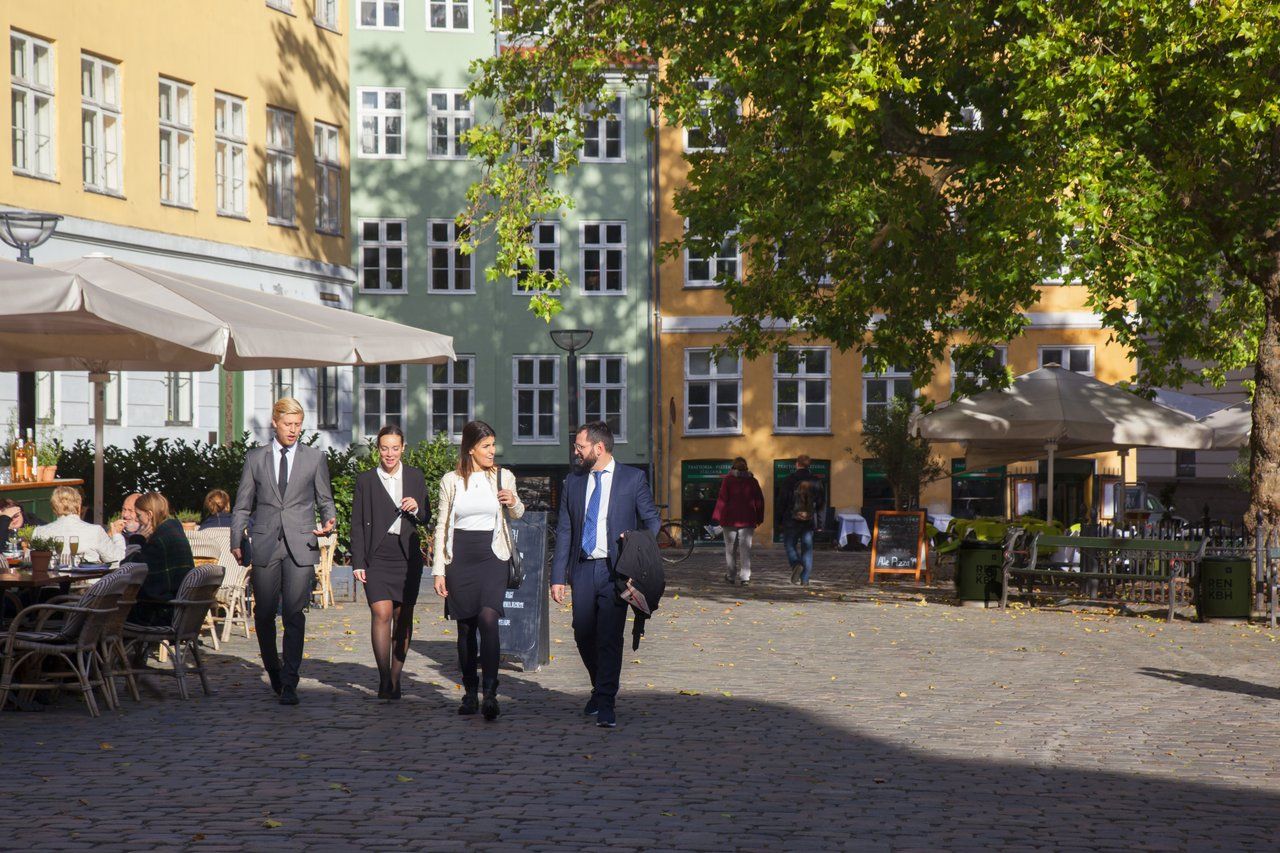An initiative to combat homelessness that was established four years ago has been deemed a mixed bag of nuts after an evaluation showed that the vast majority of homeless residents who were placed in homes stayed there, while the overall number of homeless individuals increased.
Some 90 percent of the homeless individuals who took part in the ‘Housing First’ homeless strategy, which has cost the government 500 million kroner, managed to remain in their residences thanks to the project.
The ‘Housing First’ initiative, which was carried out in 17 councils nationwide, is based on first finding the homeless a place to live and then helping them with their various problems, a radical change to previous methods in which the homeless had to first earn the right to a home by submitting to drug abuse treatment.
Lars Benjaminsen, a researcher from the national welfare research centre, Det Nationale Forskningscenter for Velfærd (SFI), which is behind the evaluation report, said that the money has been well spent.
“Now we have illustrated that it is possible to teach the homeless to live permanently in a house, which has been one of the major challenges to the homeless issue in the past,” Benjaminsen told Politiken newspaper.
But another goal of the initiative, reducing the number of homeless people in general, has failed.
Figures from the SFI report showed that the number of homeless people in Denmark shot up from just over 5,000 to almost 6,000, a nearly 20 percent increase, in just two years. The report said that it was particularly young people who are ending up on the streets and in shelters nationwide.
The SFI report, which was compiled via consultancy firm Rambøll, admitted that a lack of focus on preventative action could have resulted in the failure to reach the stated goals.
But Benjaminsen pointed out that the rise in homeless numbers was not as great in the councils that took part in the ‘Housing First’ strategy. In the 17 ‘Housing First’ councils, homeless numbers increased by just seven percent, compared to the 42 percent spike in the nation’s other councils.
According to Benjaminsen, one major issue was the severe lack of housing dedicated to the homeless in urban areas.
“There were a number of structural barriers that caused the homeless numbers to increase, the most important of which was a considerable lack of affordable housing in the larger cities,” Benjaminsen told Politiken, adding that the low unemployment benefit (kontanthjælp) amount that is paid out to people under the age of 25 was another key factor.
The social minister, Karen Hækkerup (Socialdemokraterne), is pleased that the ’Housing First’ initiative is bearing fruit, but said it was unsatisfactory that the homeless numbers were rising.
“Unfortunately, we have many young people with psychological issues and substance abuse problems, and because of that we have a substance abuse package and a psychiatry agreement on the way,” Hækkerup told Politiken. “We have also passed laws that allow councils to help people pay rent so that they don’t end up on the streets.”
But Jann Sjursen, the head of an advocacy council for the socially vulnerable, Rådet for Socialt Udsatte, said that the homeless problem was ”moving in the wrong direction”.
“Since the strategy was launched in 2008, the homeless issue has proven to be a much greater problem than anyone realised,” Sjursen told Politiken. “The financial crisis and the growing number of people on kontanthjælp explains some of it, but the lack of affordable housing is a real barrier.”
The homeless organisation Sand contended that it was a scandal that the number of homeless individuals has risen despite the government having targeted – and spent a lot of money on – reducing homeless numbers.
There were 5,892 registered homeless people in Denmark this year, up from 5,290 in 2010 and 4,998 in 2009.













